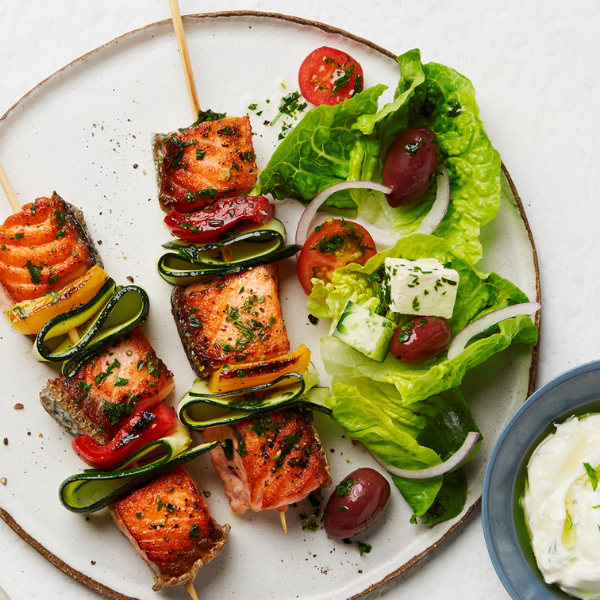Why we need to eat a lot more salmon
Chances are that you have heard that Omega-3 fatty acids is good for you. You may even try and get more Omega-3’s in your diet by eating more fish. Or nuts. Or eggs. Because we know that Omega-3 fat is good for us. The question is though, do you know why?
It also may come as a surprise to hear that the foods you think are high in Omega-3 are really not that high at all. It is estimated that just 1 in 5 Aussies get anywhere near enough Omega-3 fat in their daily diet (1) and so this World Salmon Day (8th October) it is time to talk all things Omega-3 fat, and where you can find them in your daily food choices.
Omega-3 fat is type of fat that plays a very special role in the body. An unsaturated fat, Omega-3 fat improves the health of the cell membrane, helping to improve hormonal control, cellular communication and blood flow in the body. A high intake of Omega-3 fat is associated with a reduced risk of developing a number of inflammatory conditions in the body including heart disease, Type 2 diabetes and arthritis, likely a result of the natural anti-inflammatory effect Omega-3 has in the body when consumed in adequate amounts (2).
In Australia, very few of us get the recommended amounts of Omega-3 fat. There are a number of reasons for this. The main reason is that the most powerful type of Omega-3 fats, EPA and DHA are found in a small handful of foods including sardines, Tassal Tassie Salmon and mackerel and in small amounts in shellfish and white fish. You would need to consume a food like salmon every single day to get the 1-2g of these long chain Omega-3 fats to support optimal health.
The less frequently mentioned issue when it comes to increasing Omega-3 intake is that processed fats consumed in processed fast and fried foods, baked goods and snack food act to ‘drown out’ the health ratted benefits that come from a high intake of Omega-3 fat. For this reason, a key to optimising your fat intake is to not only increase your intake of Omega-3 but to also reduce the intake of refined vegetable oils and trans-fat in the diet
The other key reason that many of us are not getting enough Omega 3 is that it appears many of us do not know where we get out Omega-3’s from.
A recent survey of more than 1,000 Australian adults conducted by Tassal found that many survey responders thought their Omega-3 fat was consumed via nuts, seeds and even eggs, when the reality is that we get very little, if any long chain Omega-3 fat from these foods. While some nuts and seeds including walnuts and linseeds do contain some Omega-3 fat, it is slightly different in structure to the Omega-3’s we get from oily fish and while it is still good for us, it is not as powerful of an inflammatory perspective. It is also commonly thought that tuna is a rich source of Omega-3, when the reality is that much of the tuna we buy is canned, and is 97% fat free, and as such much lower in Omega-3 than both fresh and tinned salmon.
This also means that many of us think that we are getting enough Omega-3 when we are getting far less than we realise.
It is recommended that we consume fish at least twice each week to reap the health benefits that all seafood offers. The added bonus of including oily fish such as salmon in your diet is that you get your entire daily recommended intake of Omega-3 fat in a single serve. This means that adding smoked salmon to your breakfast a couple of times each week or enjoying salmon with your lunchtime salad or as a nutrient rich dinner protein are among the easiest ways to get an optimal amount of Omega-3 fat in your daily diet along with all the long-term health benefits a diet high in Omega-3 fat offers. Or, if you are a fan of tuna, swapping your favourite tuna dish, whether it is sushi, a poke bowl or a bowl of pasta for a salmon-based alternative will go a long way in boosting your weekly intake of Omega-3’s.
Getting an optimal balance of the good and bad fats in our diet each day is one of the most powerful dietary steps we can take for health and disease prevention throughout our lives. While minimising our intake of bad fats from processed and fried foods is important, so too is increasing our intake of the heart healthy Omega-3’s and one of the easiest ways to do this is to eat more delicious, Tassie Tassal salmon each week.
References
1) https://www.mdpi.com/2072-6643/8/3/111
2) https://www.ncbi.nlm.nih.gov/pmc/articles/PMC3262608/
This blog has been written by Susie Burrell.
Here are some of our favourite Omega-3 boosting salmon recipes!





